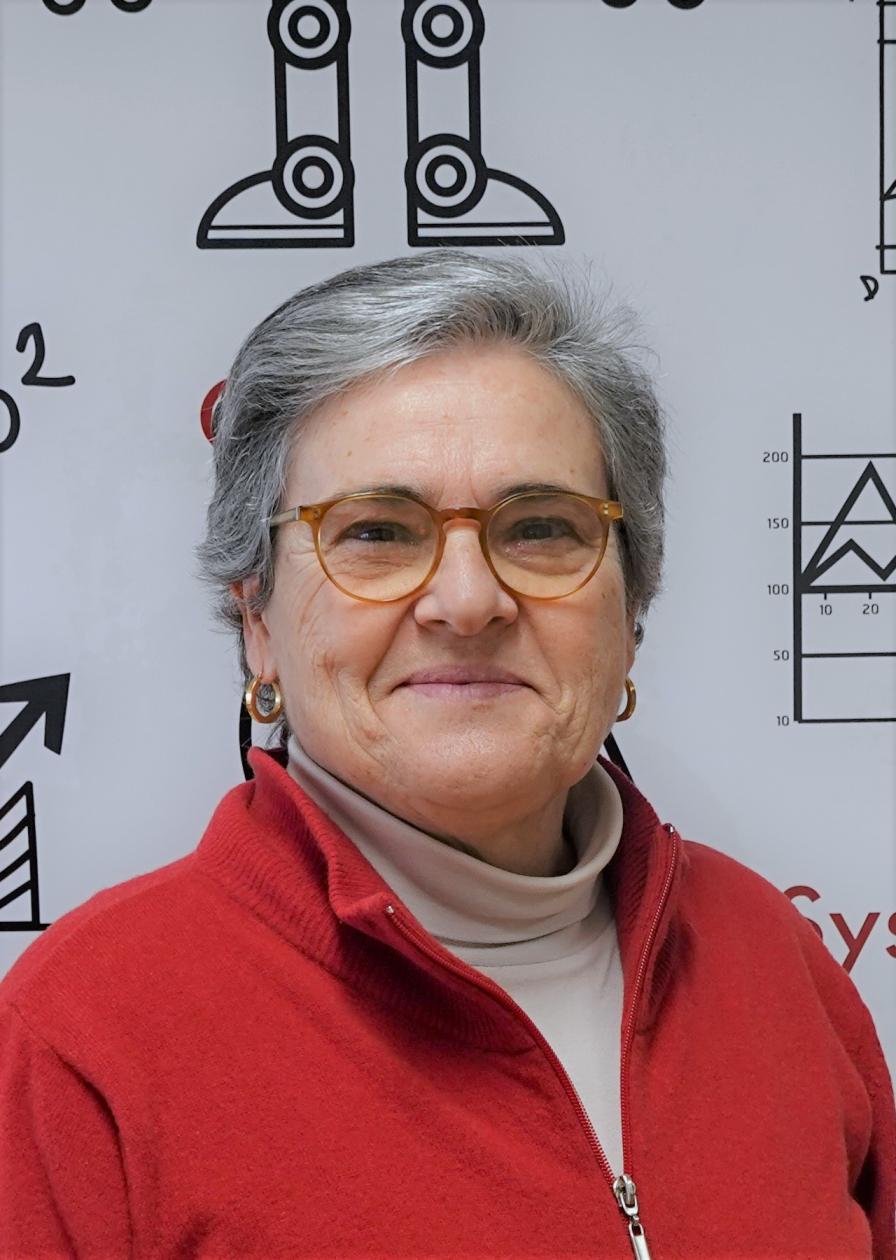| Summary |
The project consists of a conceptual study on flexible guidance and navigation solutions for the remote transport system to be used in the International Thermonuclear Experimental Reactor (ITER). The transport vehicles under study operate between the Vacuum-Vessel and the Hot-cell Building and must be capable of safely moving 20-80 tons of contaminated materials.
Most of the study concerns flexible guidance and navigation system, as opposed to hard guidance solutions, such as rails. In general, flexible guided solutions have the advantages over hard guided solutions of simpler path modification and arbitrary path quitting and resuming points (e.g., when an abnormal situation occurs over a path segment). Therefore, flexible guided vehicles have the potential to show higher robustness even though their reliability tends to decrease – due to a larger range of rescue options. The study analyses the advantages, disadvantages and requirements of flexible guidance, navigation and docking solutions, when applied to this particular problem.
The topics used in the evaluation of flexible concepts are traction and kinematics structure, logistics, communications, docking, guidance and navigation strategies and power supply requisites. Major issues are safety during movement, avoidance of active sensors in the building, reliability, robustness, automatic error recovery and teleoperated rescue capabilities. As a result of this project, an air-cushion vehicle endowed with flexible guidance and navigation systems became the ITER reference design model.
|


